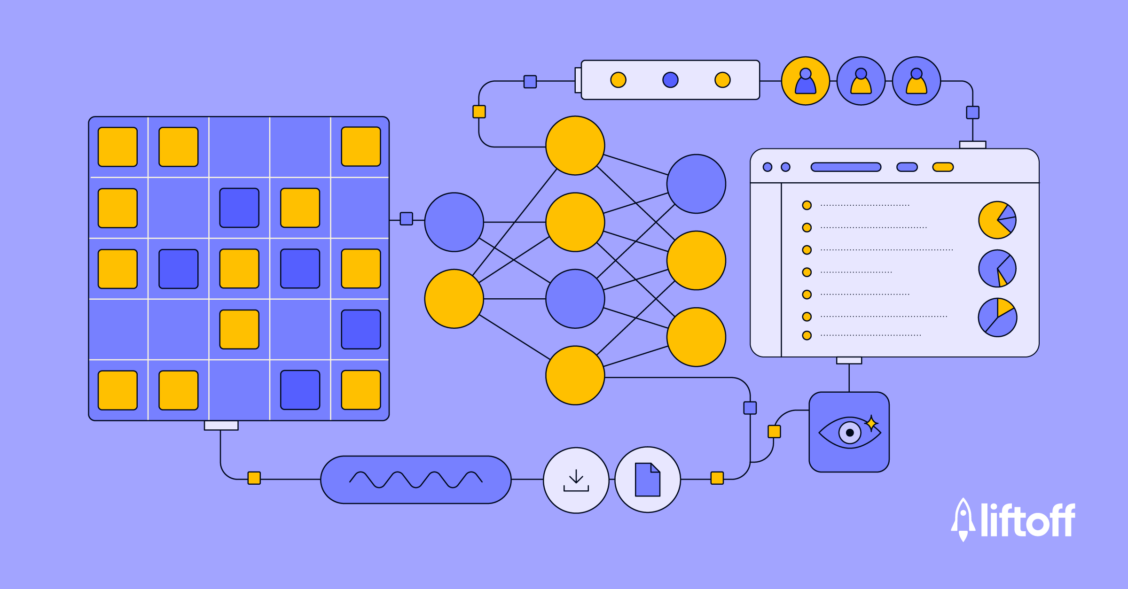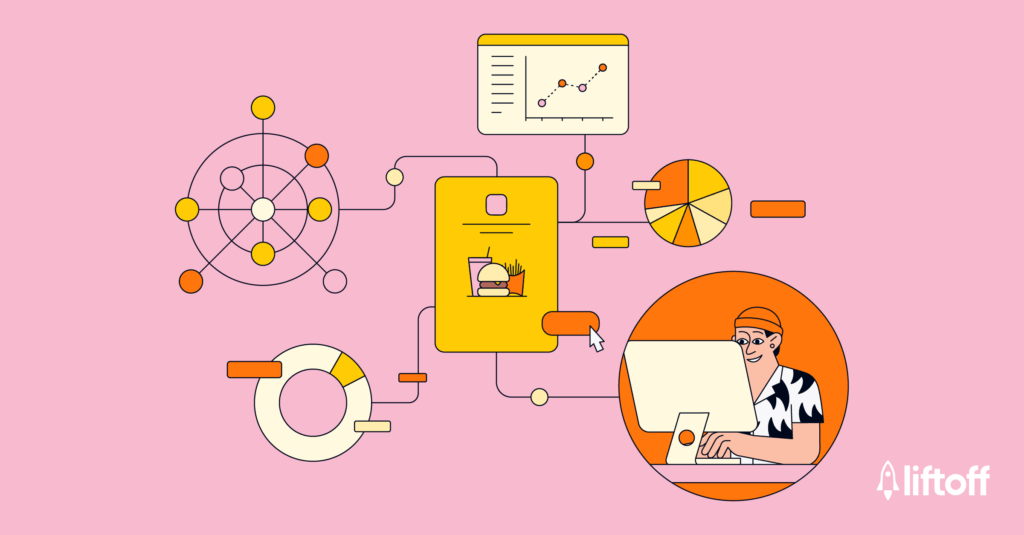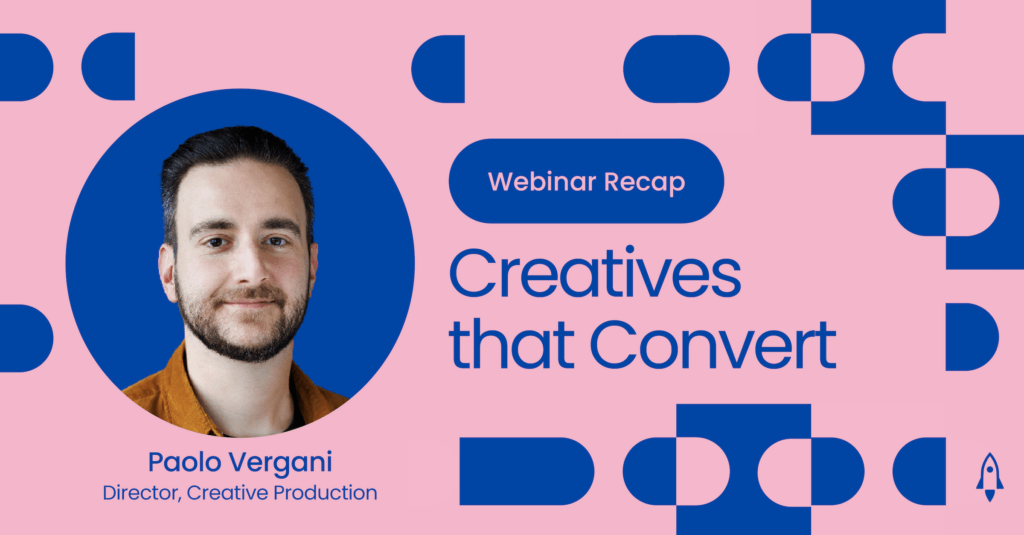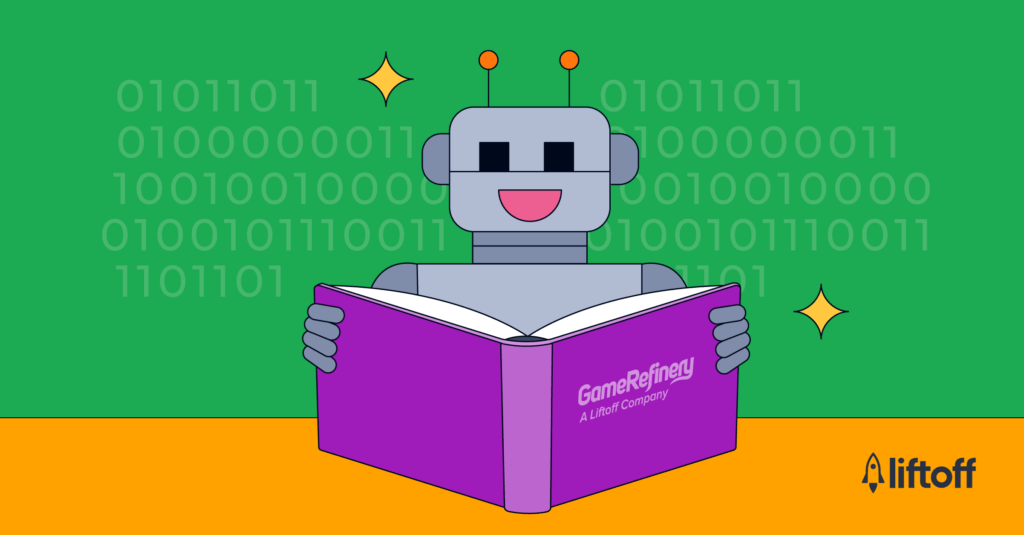
AI and ML in Ad Tech: Understanding the Key Differences
Many people use artificial intelligence (AI) and machine learning (ML) interchangeably despite their differences, especially in ad tech. It’s also helpful to remember that all ML is AI, but not all AI is ML. AI can be thought of as a big tree, and ML is one of its main branches. While ML is a part, it’s just one piece of the whole tree. AI emulates human intelligence and behavior, and ML doesn’t presuppose that. It specifically focuses on using data for pattern recognition and decision-making.
This post will explore their specific applications in ad tech, their distinct roles, and why understanding these differences is crucial for evaluating ad budget allocation.
The big picture of AI
AI is often viewed as a futuristic technology with capabilities extending into every sector of life and economy. However, AI is not a new concept. AI’s roots date back to the 1950s when the first AI programs were created to play checkers and solve algebra equations. At its core, AI aims to develop systems that can perform tasks typically requiring human intelligence, such as speech recognition, decision-making, visual perception, and language translation. Generative AI, a form of AI used to create content, has many ad tech use cases, including creative designs tailored to specific audiences, language translations, and enhancing creative strategies. We discussed several of these in detail in our blog post, 5 Ways to Boost Creative Performance With Generative AI.
Machine learning: An important subset of AI
ML is a subset of AI that focuses on creating systems capable of learning from and making decisions based on data. Unlike traditional software that follows strict, predefined rules, ML uses algorithms to parse data, learn from it, and make informed decisions or predictions.For instance, in ML-powered programmatic advertising, the continuous learning process allows models to refine targeting, improve user segmentation, and enhance ad personalization, leading to more effective advertising campaigns.
How AI and ML work together
While ML is a subset of AI, the relationship between the two is symbiotic. ML provides the methods and algorithms that allow computers to learn, which is one of the many aspects of AI. For example, deep learning, a type of ML, is widely used for tasks like image and speech recognition, which are central to creating more sophisticated AI systems. These systems can then perform complex tasks, mimicking or surpassing human capabilities in specific areas.
AI and ML applications in ad tech
The ad tech industry provides a prime use case for applying AI and ML. AI ramps up the power of digital ads by making real-time decisions based on predefined criteria and improving content creation by customizing it for different audience segments. Meanwhile, ML algorithms analyze vast amounts of data from user interactions to forecast future consumer behaviors, creating more personalized and efficient marketing strategies. An example of how AI and ML work together is in real-time bidding (RTB) platforms. In an RTB environment, AI handles immediate decision-making and bidding processes, while ML uses the data from those decisions to refine future strategies and further improve performance.As AI and ML continue to evolve, they will become even more crucial in shaping digital advertising due to the sheer volume, variety, and velocity of data used in the ad tech industry. This makes it complex to manage and optimize campaigns without advanced technological assistance. Our Head of Product, Andry Supian, discusses this challenge in greater detail in The Drum.
Why mobile marketers should care
Understanding the nuances between AI and ML helps mobile marketers appreciate advancements and evaluate advertising solutions effectively. AI’s ability to emulate human behavior and decision-making and ML’s data-driven prediction capabilities offer unique benefits. These distinct roles are critical to continuing progress in the ad tech industry. As society pushes the boundaries of machine capabilities, the distinction between AI and ML may become blurred. However, knowing their differences is key to leveraging these technologies for optimal advertising outcomes.


